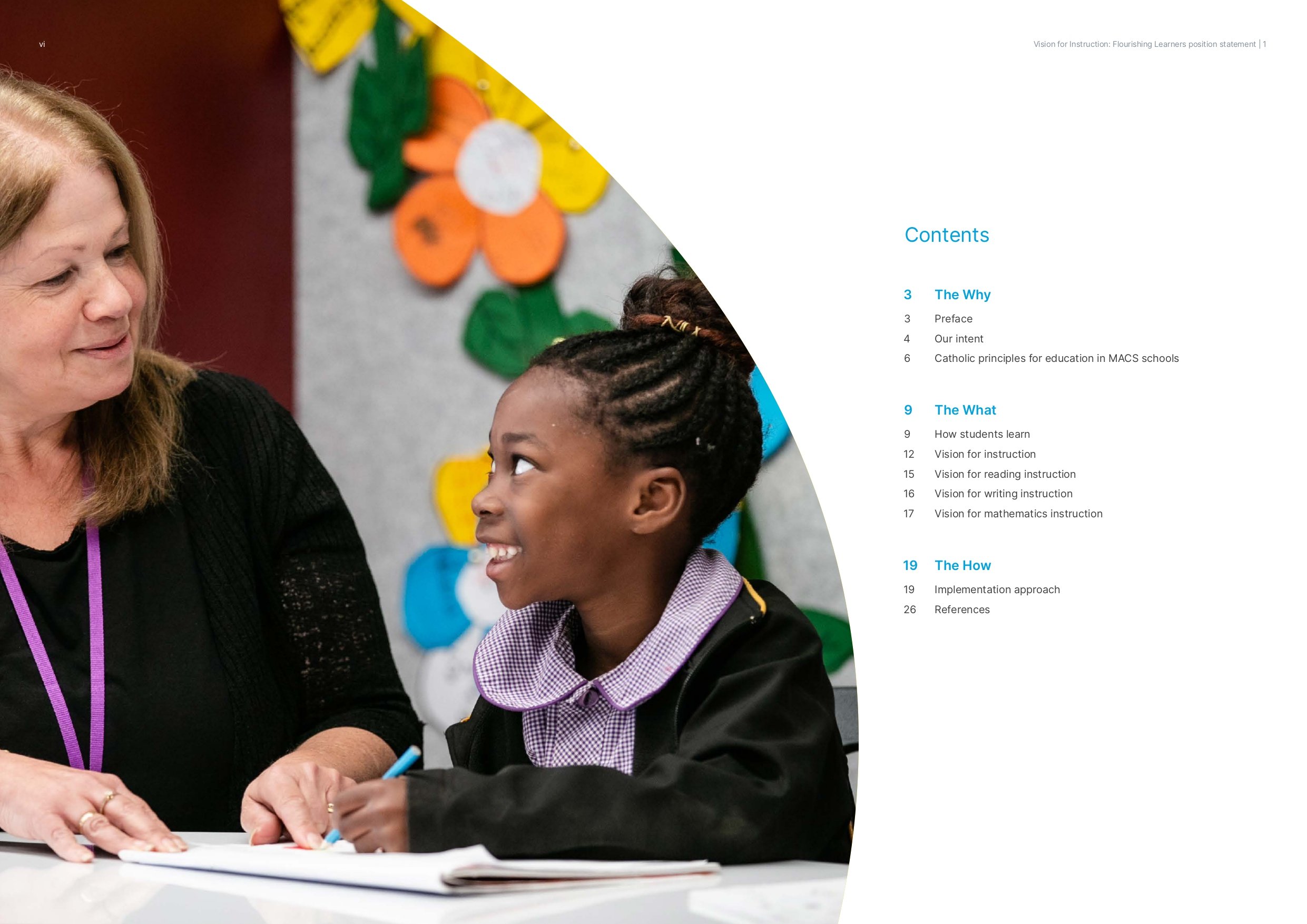Science of Learning
Sacred Heart supports the Science of Learning.
What is it?
The Science of Learning uses scientific research and evidence to inform teaching. This body of evidence is inclusive of neuroscience, education, trauma, linguistics, cognitive psychology, communication sciences and developmental psychology.
We believe the work we do in our school should follow scientific evidence of what is best practice.
The Science of Learning is not a Primary School Program, it is the science of how we learn and can be applied to all aspects of life.
Key Concepts Science of Learning
Learning is both Biological Primary and Biologically Secondary - For example Speaking is Primary as we naturally learn it, however Reading and Writing require explicit instruction.
Our Working memory is limited so we need to avoid Cognitive Overload when we are presenting new materials
Cognitive Load Theory is about reducing the cognitive load on students so they can learn better. It is about removing distraction and too much information at once to increase concentration and our ability to learn.
Daily Review; Daily reviewing our learning in a structured way so it is not forgotten.
Authomaticity on behaviour/ attention: Our students have routines for entering and exiting our rooms and how to answer questions for example. This create automaticity in their behaviour freeing up their working memory and allowing them to learn better.
Spaced Retrieval practice - learning how to move things from our working memory to our long term memory by using strategies of memorisation over time.
Novice to Experts - learn the basic building blocks first to build to higher levels of learning.
Explicit Instruction - using supports, scaffolds and breaking down content to make it easier to learn. Providing students with the background knowledge they need to understand something.
Reading is a core part of this program and we believe phonics, the sounds of letters, need to be taught so students learn the code of our language.
What does it look like?
Low Variance between classrooms. (Less Teacher Lottery) The same program across year levels in Literacy and Numeracy.
Reading Instruction: We teach student the Science of Reading how to decode words, sounding out.
Our Reading Instruction includes the five key components
Phonemic Awareness
Phonics
Fluency
Vocabulary
Comprehension
(Oral Language) is across all five components
We use the Little Learners Love Literacy Systematic Synthetic Phonics Program
We use Decodable Books.
We use the Heggertys, Dibels and UFLI programs.
We are introducing The Writing Revolution currently and in 2025 we will be introducing the Spelling Mastery program
When a word has moved to your long term memory it becomes a 'sight' word.
Little writing often, long writing seldom.
Participation
Increase the number of students who are actively responding and participating.
Our commitment to full participation ensures that every student is actively engaged in their learning. Whether through group discussions, hands-on activities, or individual tasks, we strive to create opportunities for all students to contribute and succeed.
More student participation
No Hands Up
Choral Responses
Active Tracking
Gestures
Daily Reviews:
Use of Daily Reviews to implement sufficient spaced daily practice
Daily review is an essential part of our instructional strategy, reinforcing key concepts and helping students retain information. We believe that consistent review helps students build a solid foundation for future learning.
More remembering, less forgetting (Spaced retrieval practice)
Short bursts of high impact strategies.
Watch the video below to learn more about Spaced Retrieval Practice
Behaviour Curriculum
Our Behaviour Curriculum is a cornerstone of our approach, helping students understand and meet clear expectations. We focus on developing key routines that support both academic and social success. These routines include:
Entry and Exit Routines: From the moment students enter the classroom to the time they leave, we emphasize consistency and structure. Entry routines set a positive tone for the day, while exit routines help students reflect and prepare for the next day.
Call to Attention: We've implemented consistent signals and cues to quickly and effectively get students' attention, ensuring that instructions are clear and that all students are focused and ready to learn.
Voice Levels: To maintain a conducive learning environment, we teach students about appropriate voice levels for different activities. Whether it’s group work, independent study, or listening to a lesson, students know how to adjust their voices to match the activity.
Question Routines: Asking and answering questions is a critical part of learning. We’ve established routines that encourage students to think critically, participate fully, and engage with the material.
Student Feedback: Check for Understanding (C.F.U.)
Our Students use mini whiteboards to show us their answers so we can see how they are learning and respond to their feedback:
Do they need to be retaught a concept?
Do they need to be extended?
All students will benefit, no one will be disadvantaged.
Melbourne Archdiocesan Catholic Schools (M.A.C.S.) have released their Vision for Instruction in 2024.
By 2030, Melbourne Archdiocese Catholic Schools (MACS) aims to become ‘the benchmark for excellence in teaching and learning, through a coherently integrated, academically competitive and distinctively Catholic educational offering’ (MACS 2030: Forming Lives to Enrich the World).
The Flourishing Learners position statement, Vision for Instruction, is a key document underpinning the MACS 2030 strategic plan. Vision for Instruction has been crafted to communicate MACS’ preferred system-wide approach to achieving teaching and learning excellence. It is firmly grounded in the evidence of how students learn most effectively and efficiently, offering explicit guidance for MACS schools on instructional best practice.




















